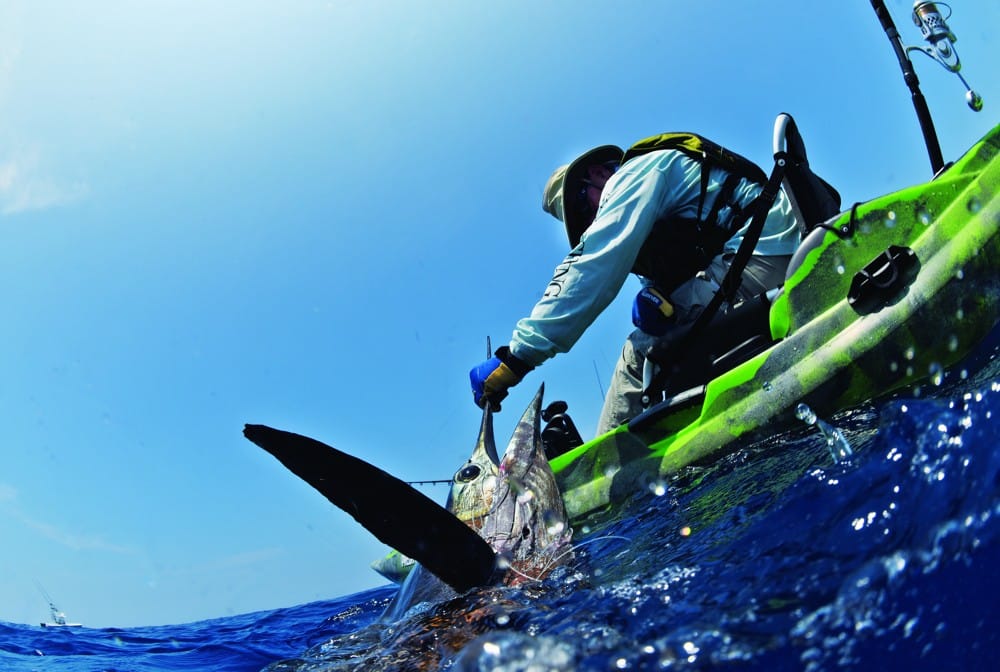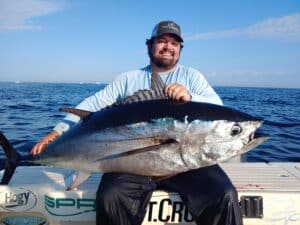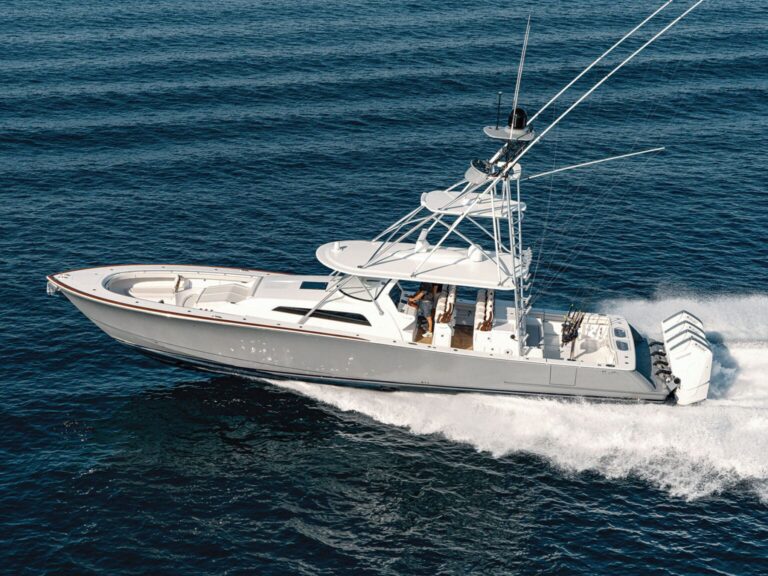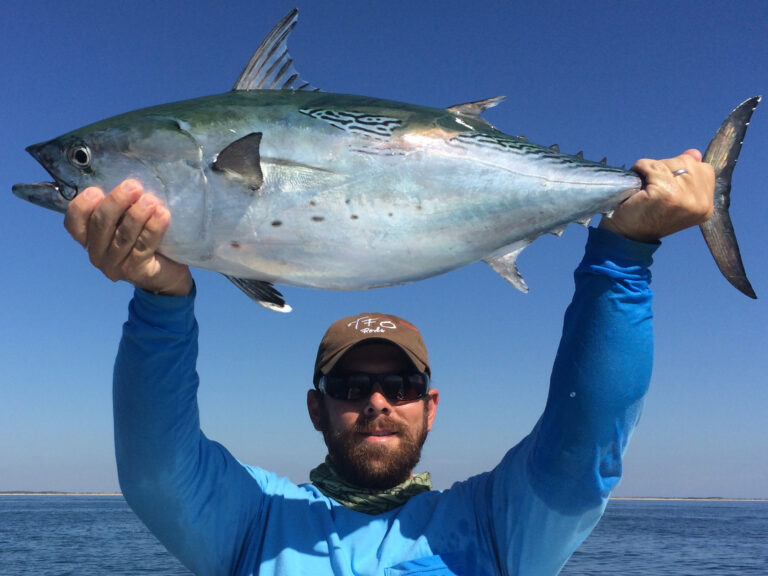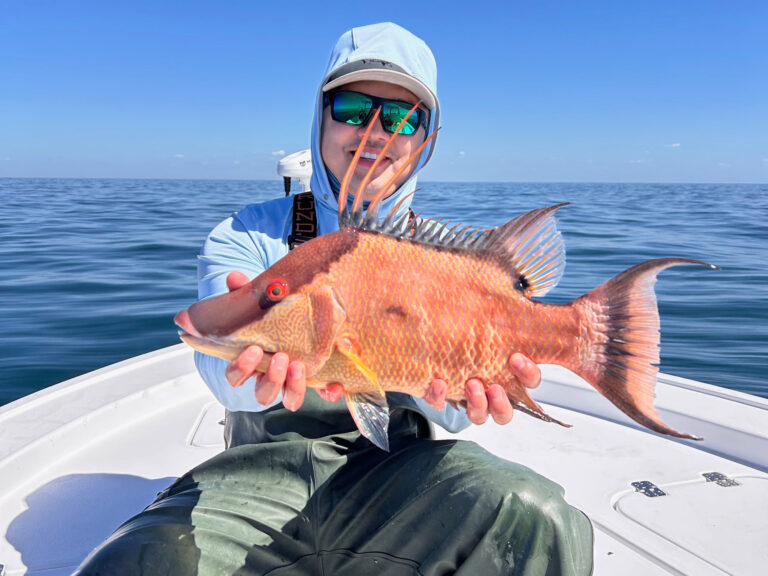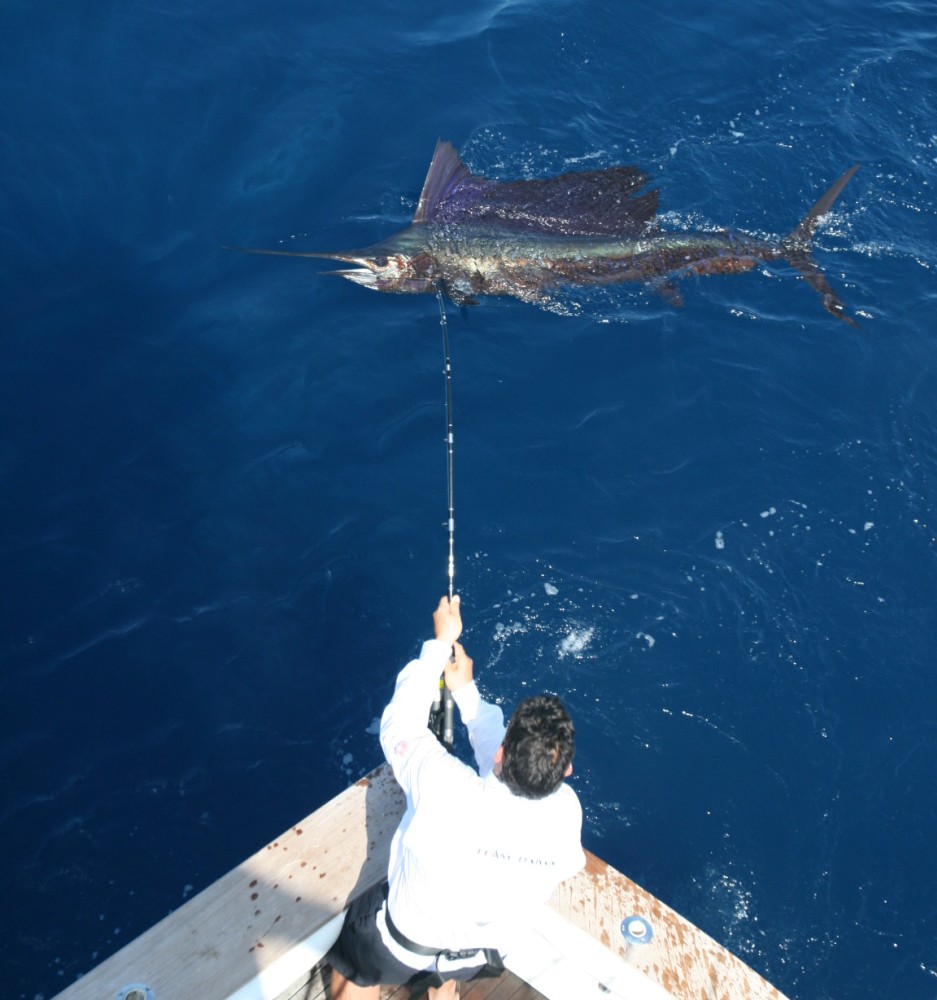
Over the past decade, scientists have firmly established that marlin and sailfish in the Eastern Pacific remain near the surface, much more so than they do in the Atlantic, where billfishes (particularly marlin) often dive quite deep. That’s because much of the Eastern Pacific, not far below the surface, has become hypoxic — having dissolved-oxygen levels so low that billfish have trouble breathing in it. As a result they stay near the top: That concentration of fish near the surface is one reason that anglers consistently enjoy such high daily release numbers off Guatemala and Costa Rica. But it’s also a symptom of a larger problem and one that is increasing worldwide, according to a study just published in Science (Jan. 5, 2018), “Declining oxygen in the global ocean and coastal waters.”

A team of scientists, led by Denise Breitburg, senior scientist at the Smithsonian Research Center, determined that in greater and greater swaths of open ocean as well as many coastal areas, deoxygenation is one of the most significant (and worrisome) changes underway globally. It is also one of the most invisible, an unseen threat to ocean productivity and ecology.
Analyses of measurements taken around the world show that low-oxygen zones have expanded by several-million square kilometers. In the short term, the study points out, this could actually improve some local fisheries by forcing more fish in more areas to crowd into oxygen-rich waters near the surface, increasing their vulnerability. But in the longer term, these conditions will prove unsustainable and are likely to result in ecosystem collapses.
The problem stems from climate change; any solution short of large-scale changes in social behavior is unlikely to stop the increase of hypoxia. “This is a global problem, and global warming is making it worse,” Breitburg told National Geographic. “If we were creating vast areas on land that were uninhabitable by most animals, we’d notice. But we don’t always see things like this when they are happening in the water.”
